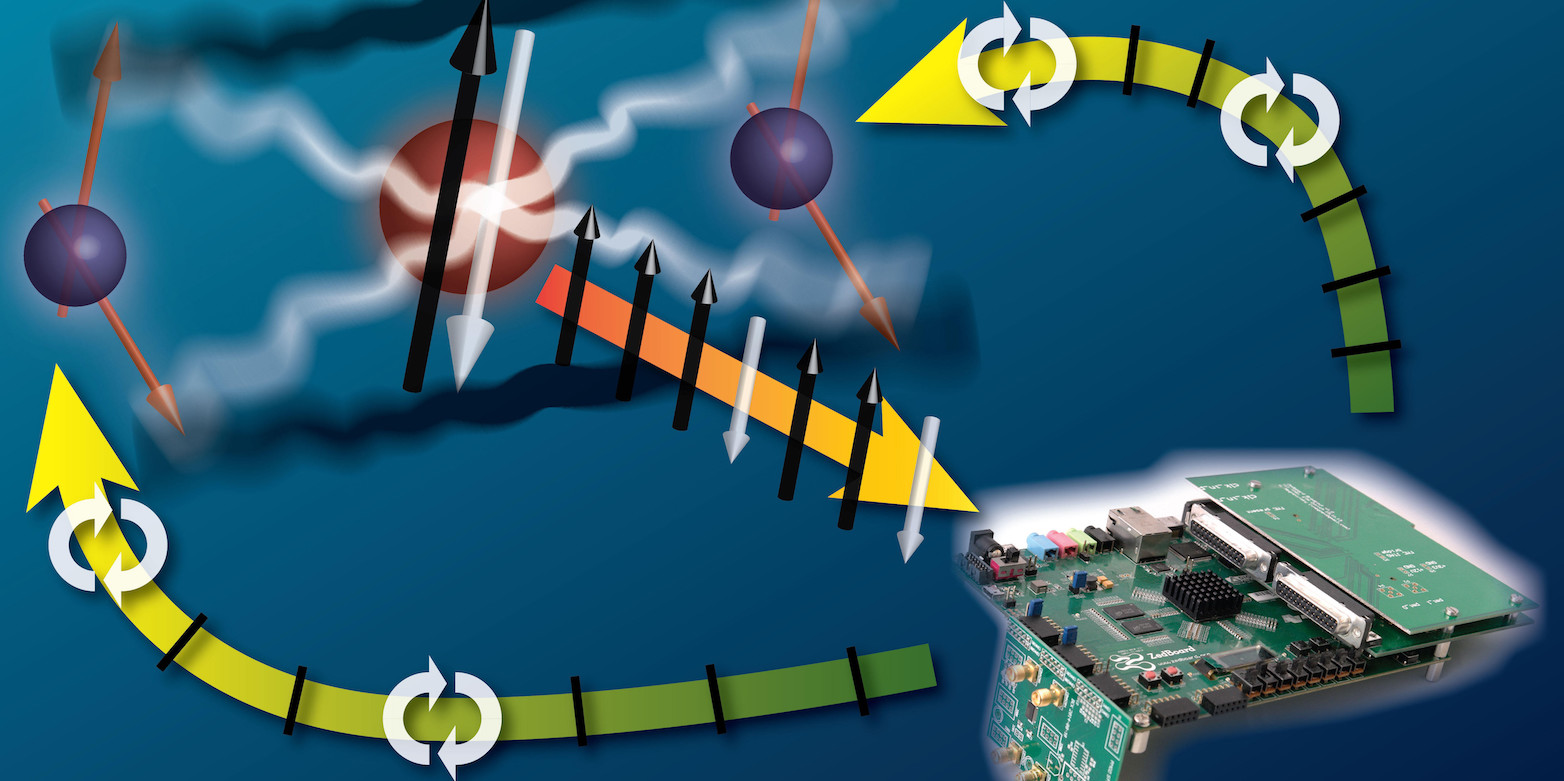

Nature Devices and Materials Engineering Blog. “ Verified Quantum Information Scrambling,” K. The signature is a successful teleportation of information across the circuit. We didn’t create a black hole in the lab, but instead implemented a 7-qubit circuit on our universal quantum computer that for the first time shows the unambiguous detection of scrambling. But scrambling it is very difficult to measure, because the space of quantum states is exponentially large. Scrambling is also thought to be the fate of information introduced into a black hole, and is a perfect example of the connection between quantum information and cosmology. The system is not just entangled, but it is entangled at all depth levels throughout the whole system. Quantum scrambling is the complete diffusion of information throughout a quantum system. Posted in Uncategorized Quantum Scrambling Litmus Test Variational Generation of Thermofield Double States and Critical Ground States with a Quantum Computer, D. Zhu, et al., arXiv 1905.02699 (2019). Training of Quantum Circuits on a Hybrid Quantum Computer, D. TFD states are relevant to theories of quantum gravity and wormholes, where the role of traversing a wormhole takes the form of quantum teleportation across the circuit. In a related experiment, we use a variational technique (quantum approximate optimization algorithm or QAOA) to generate “Thermofield Double States.” These states are pairwise entangled across a ladder network when considered as a whole, but become identical thermal mixed states when considered individually, and their evolution scrambles qubits (see below). We use different types of classical optimization subroutines, showing that in some cases, the classical optimizer is the performance bottleneck. Multiple layers of a standard quantum circuit are generated, with the many classical parameters defining the circuit optimized to minimize a cost function. 
We train a small quantum computer to perform “generative modeling” of a particular class of quantum states in one of the first demonstrations of machine learning techniques applied to a quantum computer.
#Trapped ion quantum error correction code#
Posted in Uncategorized Fault-Tolerant Operation of a Quantum Error Correction Code
 “Interactive Protocols for Classically-Verifiable Quantum Advantage,” D. “Experimental Implementation of an Efficient Test of Quantumness,” L. Importantly, this requires measurement of a subset of qubits and subsequent coherent feedback on the remaining qubits, which we demonstrate in the trapped ion system of up to 15 qubits. We demonstrate quantum circuits based on a particular cryptographic function as well as a “learning with errors” model, both passing the threshold for quantum behavior. The protocols rely on interactions between prover and verifier and are an extension of “interactive proofs” used in computer science. We have demonstrated two examples of quantum circuits that allow a verifier to certify a quantum computer, without the verifier having a quantum computer himself.
“Interactive Protocols for Classically-Verifiable Quantum Advantage,” D. “Experimental Implementation of an Efficient Test of Quantumness,” L. Importantly, this requires measurement of a subset of qubits and subsequent coherent feedback on the remaining qubits, which we demonstrate in the trapped ion system of up to 15 qubits. We demonstrate quantum circuits based on a particular cryptographic function as well as a “learning with errors” model, both passing the threshold for quantum behavior. The protocols rely on interactions between prover and verifier and are an extension of “interactive proofs” used in computer science. We have demonstrated two examples of quantum circuits that allow a verifier to certify a quantum computer, without the verifier having a quantum computer himself.







 0 kommentar(er)
0 kommentar(er)
